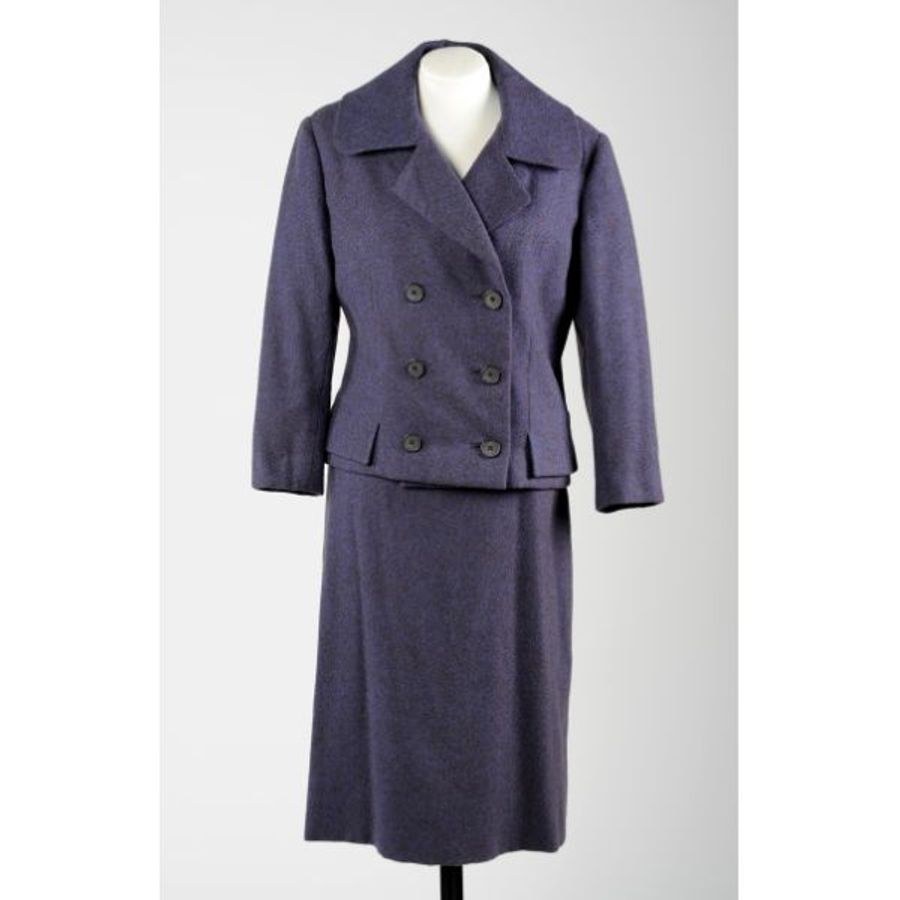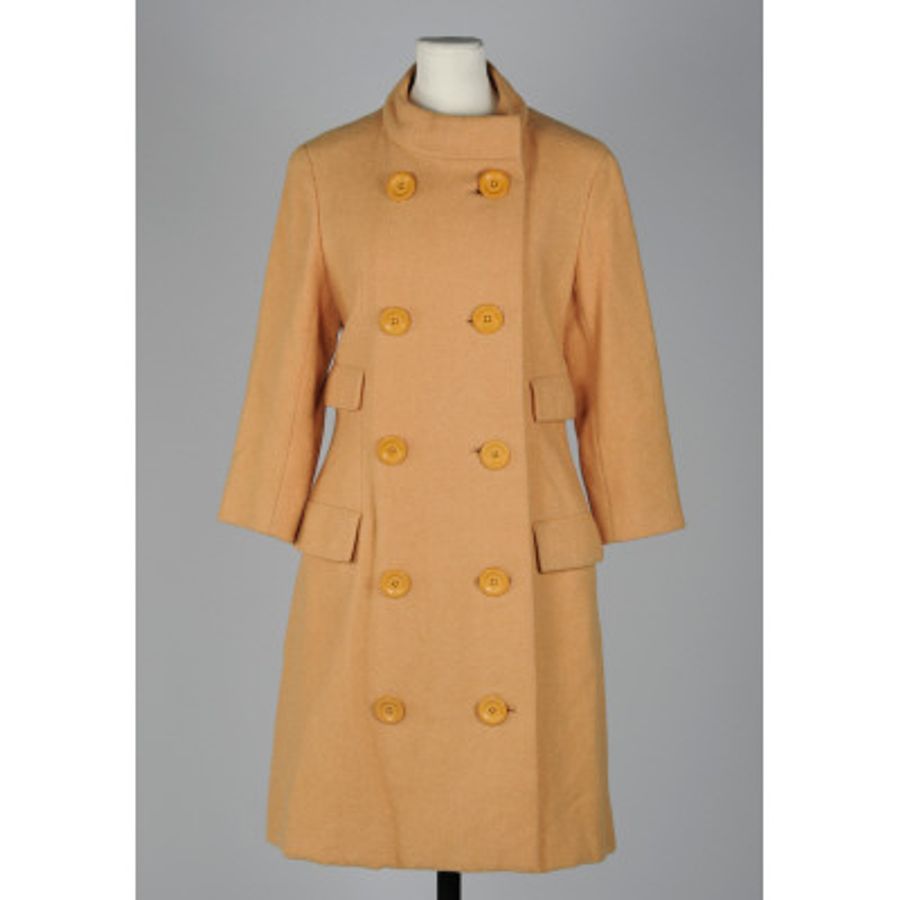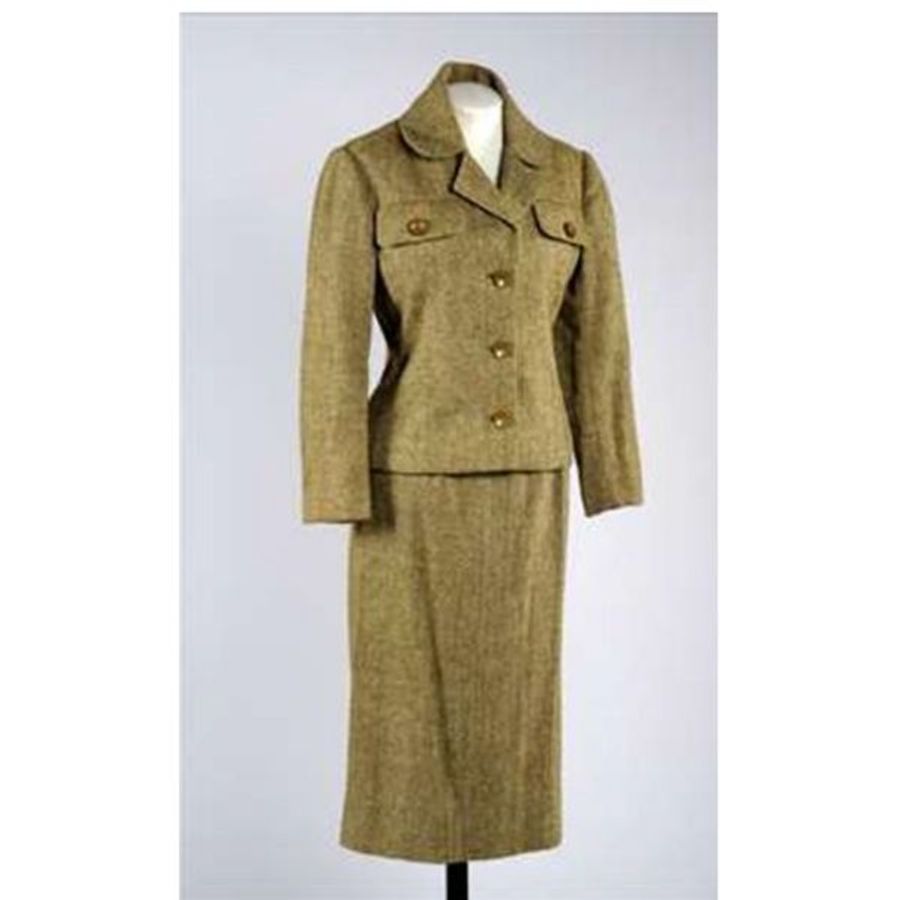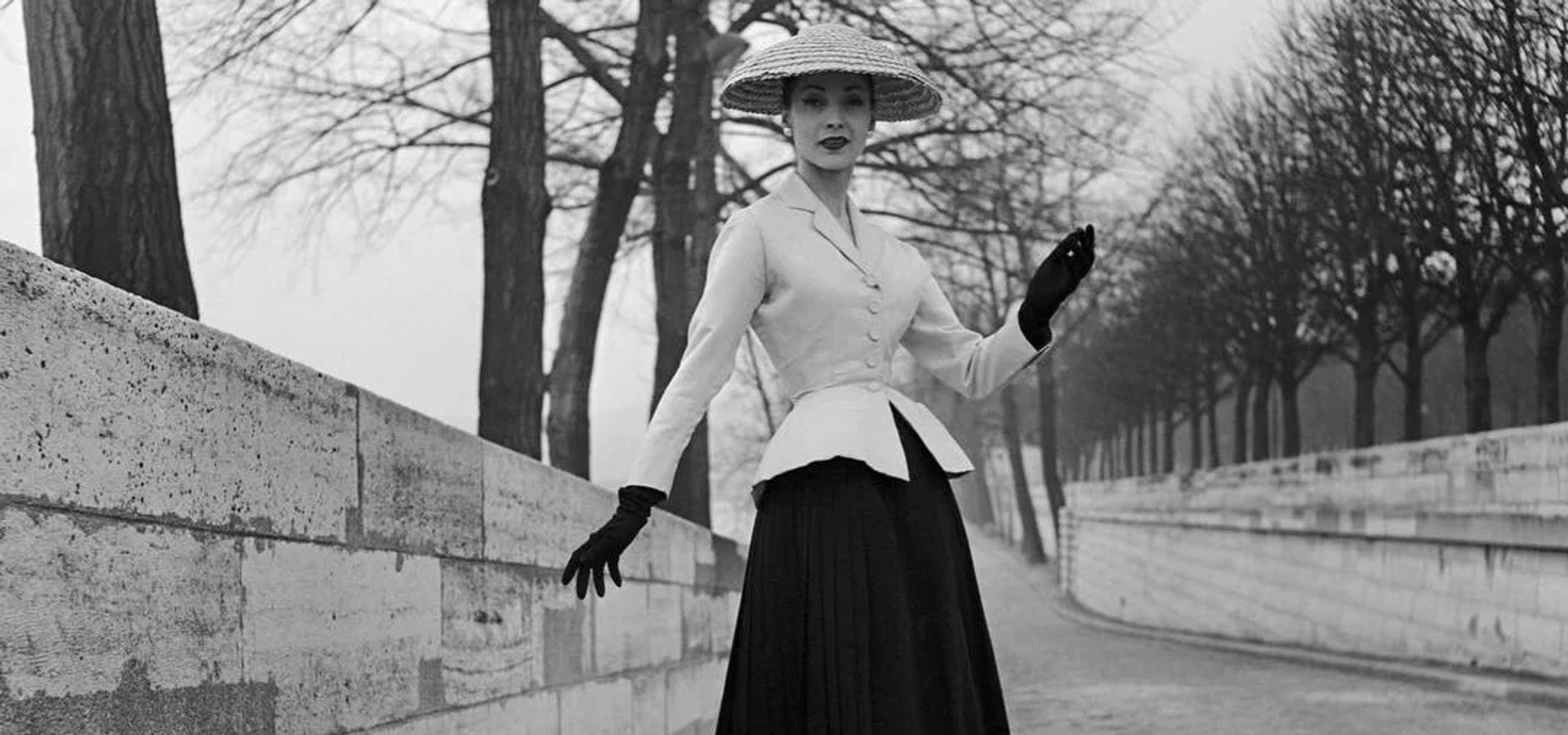
The Dior Look of the 1960s
The rise of Dior:
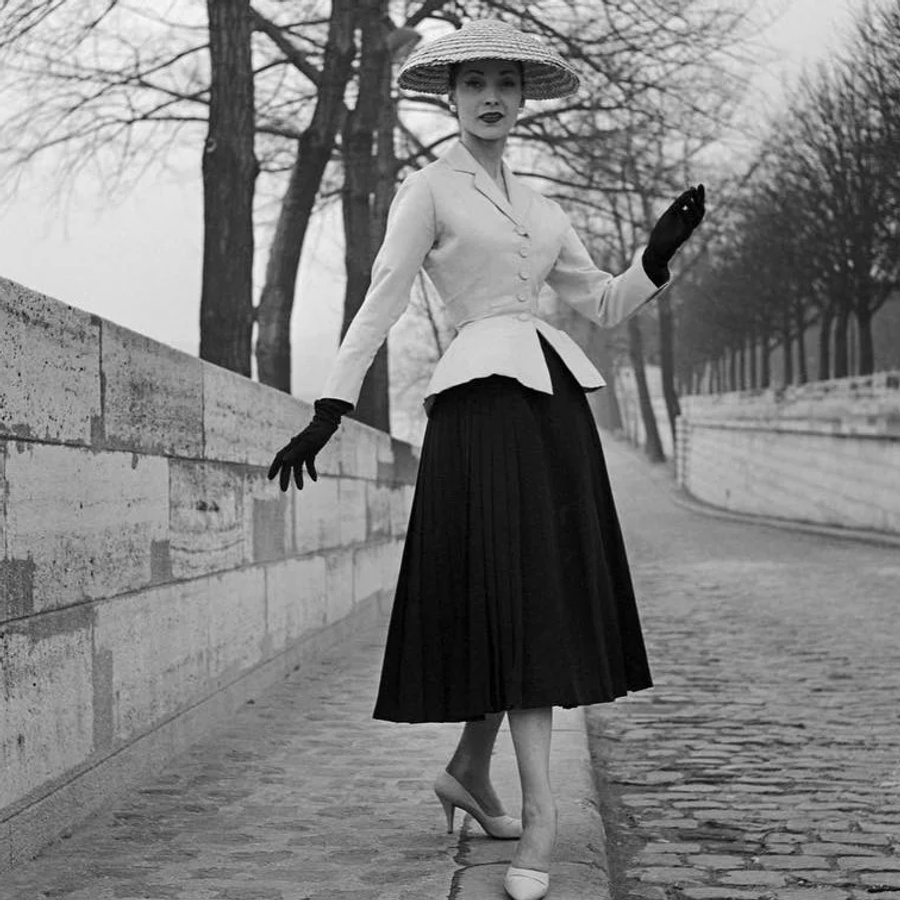
Christian Dior revolutionised women’s fashion in 1947 with his iconic ‘New Look’ which included cinched-in waists, rounded shoulders and voluminous skirts. The enhancement of the hourglass figure brought glamour back into fashion after the boxy style of the Second World War. Whilst many women were pleased to have graceful garments back, Dior faced severe criticism due to the excessive amounts of fabric he used during the time of post-war fabric restrictions.
Following Christian Dior’s death in 1957, Yves Saint Laurent briefly stepped in as Creative Director before Marc Bohan took over the role in 1960. As Dior’s longest serving Creative Director, Bohan modernised the brand whilst maintaining its elegance. Bohan created the ‘Slim Look’, creating a more practical yet chic look, shifting away from the dramatic femininity of Dior’s iconic ‘New Look’.
Dior in the 1960s: The Slim Look Era:
These four garments from the museum are a perfect representation of the ‘Slim Look’. They were designed for women who wanted luxury and wearability. They were made for Anne Moen Bullitt, an American born socialite with a passion for fashion. Her love for couture pieces began in Spain where she collected over 100 couture pieces from Balenciaga under the Spanish label Eisa.
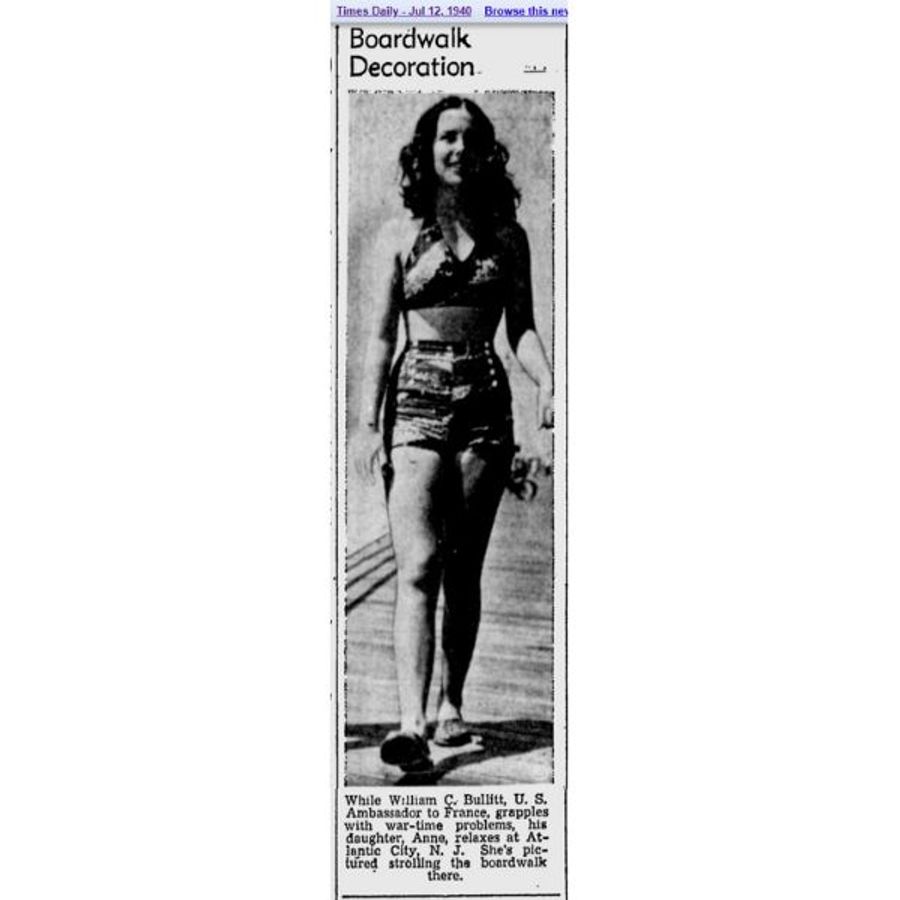
‘Little Annie,’ as she was known, clearly lived an extravagant life but also suffered many tragedies. She was a victim of domestic violence, she lost custody of her young daughter due to her heavy drinking and scandalous lesbian relationship. She died in 2007, almost blind and a ward of the Irish court, leaving behind her fashionable life as she donated her haute-couture garments to several museums.
These garments are estimated to be from 1962-1967 and are all made from wool suggesting they were autumn/ winter garments. Throughout these three dress suits and one coat, they all follow the A-line silhouette of Dior in the 1960s. While the emerald green dress suit has a fitted jacket, echoing the ‘New Look’, the other garments embrace a softer structure showing the transition into modern styles being wearable for everyday use. Their minimalist detailing also allows for a more sophisticated and timeless look over temporary trends. These pieces show relaxed femininity combined with sharp tailoring which later influenced power dressing in the 1980s.
Women fortunate enough to wear Dior in the 1960s were generally of an elite status. They were usually socialites, aristocrats and celebrities. Style icons like Marilyn Monroe, Audrey Hepburn and Princess Grace of Monaco symbolised Dior’s grace and femininity. While these women were known for wearing Dior to special events, these four ready-to- wear garments would have been more suited for elegant daytime activities. The green dress suit paired with a soft fur trim would have been ideal for social events or even luxury travel wear, whereas the two more neutral suits would have been more appropriate for everyday use due to the more subtle colour palettes. Women at the time would likely have accessorised these garments with: leather handbags, mid-heeled pumps, gloves and minimal but elegant earrings such as pearls.
Dior vs. Rival Designers of the 1960s:
Fashion in the 1960s was a time for experimentation, reflecting the change in social attitudes towards women’s liberation and the rise of youth culture. While Dior maintained a refined and feminine look, other high-fashion brands pushed boundaries. Yves Saint Laurent created the ‘Le Smoking’ Tuxedo in 1966 creating an androgynous look suited for powerful independent women. Similarly, Chanel’s Tweed Suits were less feminine than Dior’s garments due to their boxy shape contrasting Dior’s suits designed to enhance the female body.
Dior Today: The Evolution of Elegance:
Dior’s legacy continues to evolve, combining Dior’s history with up-to-date relevance. In 2016, Maria Grazia Chiuri became the house’s first female Creative Director, known for experimenting and creating collections with social commentary, however, she still draws on Dior’s most iconic looks as the 2024 autumn/ winter collection revisited Dior’s elegant silhouettes from the 1960s.
Today Dior’s classicism lives on through their expanded ready-to-wear collection making the brand more accessible and timeless than ever.
Written by Heidi Calder


